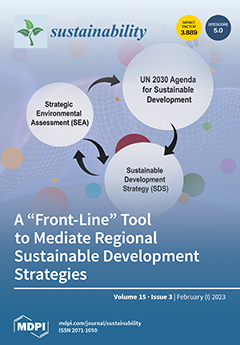The Qinghai–Tibet Plateau has given birth to many indigenous highland plants due to its special geographical location and sensitivity to climate change. Relevantly, the impact of climate change on species distribution has been a hot issue for research in biogeography. Using the maximum entropy (MaxEnt) model, the spatial distribution of habitat suitability for
Fritillaria przewalskii Maxim. (FPM) on the Tibetan Plateau was predicted and ranked by combining ecological data and information on its actual current geographical distribution. The potential distribution and trends of FPM on the Tibetan Plateau from 2021 to 2040, 2041 to 2060, 2061 to 2080 and 2081 to 2100 under four current and future climate scenarios (SSP126, SSP245, SSP370 and SSP585) were also predicted. The predictions were found to be highly accurate with AUC values of 0.9645 and 0.9345 for the training and test sets, respectively. A number of conclusions could be drawn from the results. Firstly, the main ecological factors limiting the growth distribution of FPM were the Vegetation types, NPP (net primary production), Soil types, Bio7 (temperature annual range), Pop (population), Slope, GDP, Aspect, Bio1 (annual mean temperature) and Elevation, with a cumulative contribution of 97.6%. Secondly, in the recent past period of 1970–2000, the total suitable distribution area of FPM accounted for 5.55% of the plateau’s total area, which was about 14.11 × 10
4 km
2, concentrated in its eastern and central regions. Thirdly, compared to the previous period, the aforementioned distribution area will, for the period spanning 2021–2040, increase by 14.48%, 16.23%, 16.99%, and 21.53% in the SSP126, SSP245, SSP370, and SSP585 scenarios, respectively. This comes with an overall expansion trend, and the areas predicted to be affected are concentrated in the eastern and central-western parts of the Tibetan Plateau. The other three future periods 2041–2060, 2061–2080, and 2081–2100 also show increases in these total areas to varying degrees. It is noteworthy that in the future periods 2061–2080 and 2081–2100, under the SSP370 and SSP585 scenarios, the area of high suitable distribution decreases or even disappears. Lastly, under the four climate scenarios, the FPM suitable distribution area will shift towards the western part of the Tibetan Plateau.
Full article





